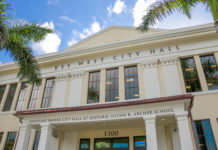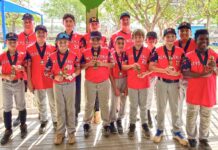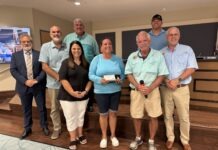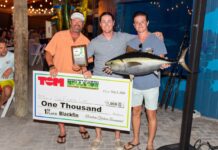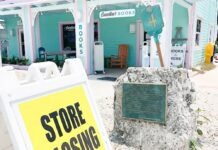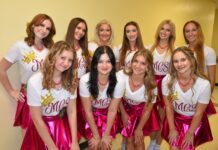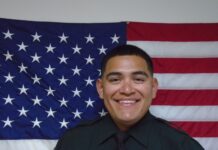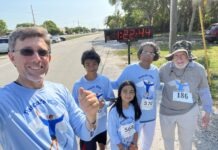
The U.S. military retired the Coast Guard Cutter Ingham more than three decades ago, but the decorated ship’s radio room came back to life last weekend, its computer screens blinking with color-coded blocks of numbers and letters. Two experienced radiomen, both now in their 80s, donned headphones and manned the computers and radio dials, sending out calls, making contacts and communicating with people, by voice or Morse code, all over the world — New Zealand, Thailand, Japan, France, all 50 states and more.
But they weren’t discussing military operations or classified missions. No, this was a “party,” an amateur, or ham, radio party,
In the jargon of these radio operators, it was the FQP Florida QSO Party, and it took place over two days for 10 hours each day. From noon to 10 p.m. on April 27 and from 8 a.m. to 6 p.m. on April 28, local ham radio operators manned the station in the Ingham’s radio room and tried to make contact with as many people as they could in as many far-flung places as possible.
“I’ve met so many people all over the world through the amateur radio world,” said Dick Stein, 77, who has had his amateur radio license for 62 years. “If my wife and I are planning a trip to Italy, I could get in touch with at least six people I know and plan to meet them over there.”
Amateur radio earned the nickname “ham” in the early 20th century, before the government had designated specific frequencies for amateur operators, military and police radio operators and commercial operations. When amateur radio operators would use several frequencies to communicate, it would jam them for others, prompting the military and commercial users to dub them “ham” as in ham-fisted, or inexpert. The formerly pejorative term stuck and is now considered a badge of honor among amateur radio operators.
Ham radio lets users communicate across town, across the globe and even with astronauts at the International Space Station, all without internet using radio.
“I just got France, and I got Japan earlier today,” George Wagner said from the Ingham’s radio room the afternoon of April 29.
By then, reported Tom Small, who was manning the other radio, the QSO Party had made more than 1,500 contacts with other users around the world.
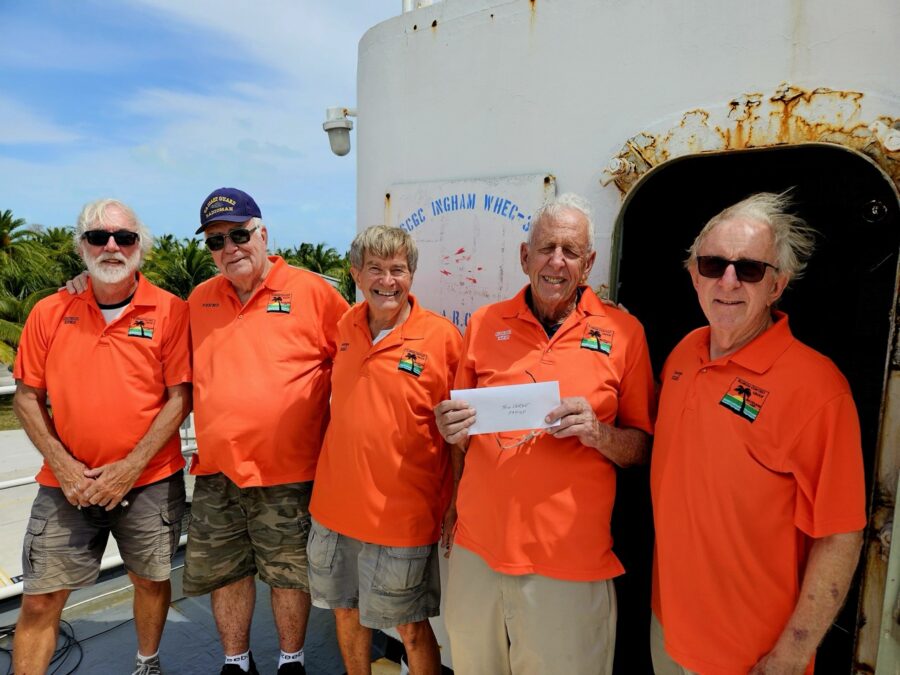

Some contacts were brief, with users exchanging “signal checks” in the jargon of amateur radio, using call signs assigned to each licensed operator as well as to each station. Others were longer chats between the Key West users who knew many of the contacts.
Stein’s callsign, for example, is K2ZR and the Ingham’s radio room is NR4DL. The letters and numbers roll off the operators’ tongues as easily as their first language.
Ham radio also has been crucial during natural disasters and other events that disable normal telecommunications.
“In times of disaster, when regular communications channels fail, hams can swing into action assisting emergency communications efforts and working with public service agencies,” states the website for the National Association for Amateur Radio. The Amateur Radio Service kept New York City agencies in touch with each other after their command center was destroyed during the 9/11 tragedy. Ham radio also came to the rescue during Hurricane Katrina, where all other communications failed, the website states.
Bill Verge, a former Coast Guardsman and city commissioner who now runs the Ingham as the Coast Guard’s most decorated ship as a floating museum at Truman Waterfront, told the Keys Weekly on April 28 that the Ingham’s radio capabilities and signal are strong enough to let local governments use the Ingham as an alternative emergency operations center during hurricanes.
“This ship’s not going anywhere,” Verge said. “We rise with the water and lower with the water. And our broadcast ability has a really strong signal that would enable communications.”


